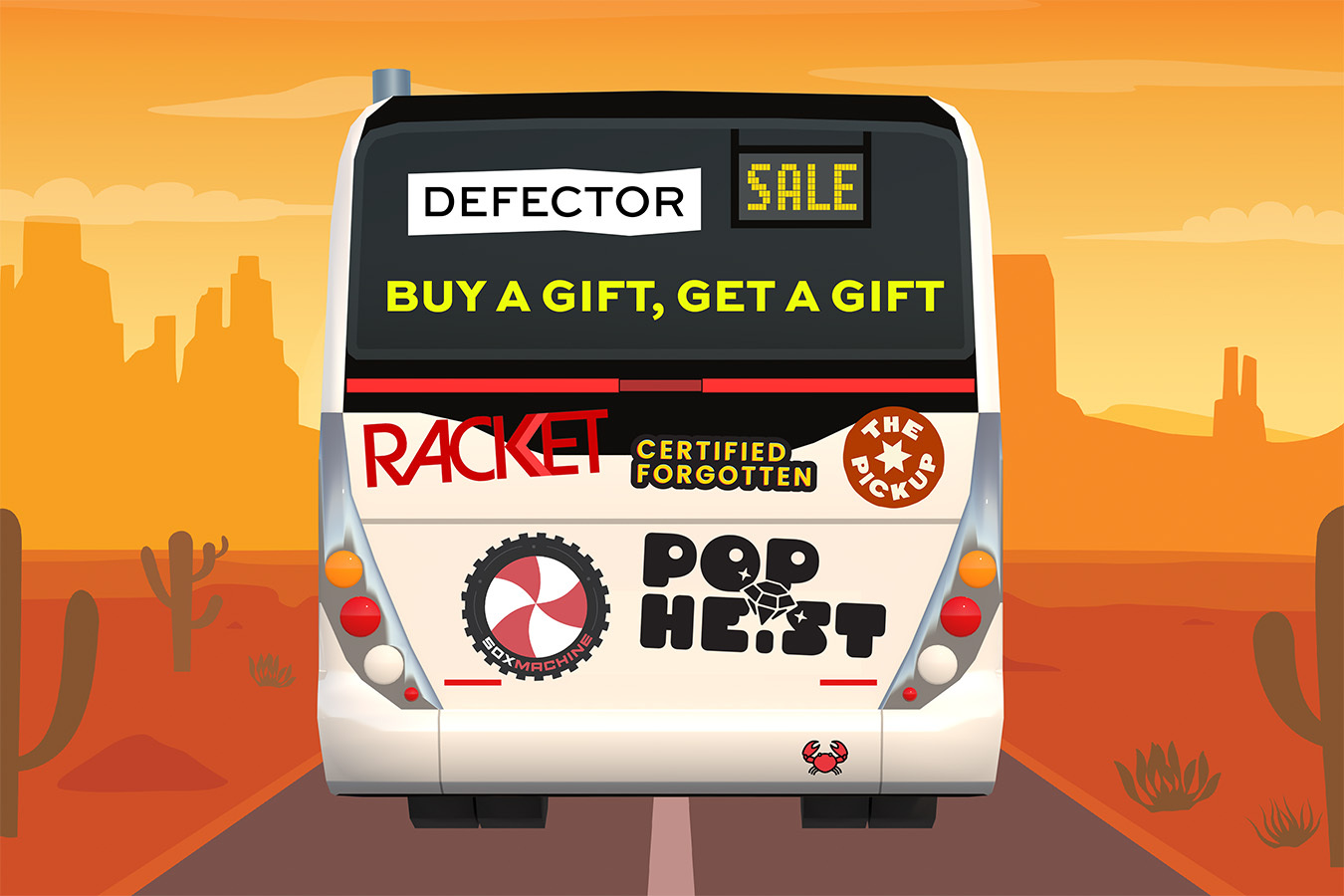Touchstone Climbing is a behemoth of a gym network, spanning 16 gyms across California. Two of those opened within the past year with another currently under construction, as Touchstone seeks to consolidate its position as the premier place to climb indoors in the most populous state in the country, and surf various cultural and economic waves: the post-Free Solo climbing boom, the trend of younger people buying gym memberships at higher rates, and the increasing number of remote workers in search of some sort of third space.
It's a smart bet, though quite a capital-intensive one, and all that levering-up is not without its pressure points. As Touchstone grows, so does the cost of a membership, which people have been happy to pay so far because the experience is worth it. But if multiple simultaneous construction projects and an expanded suite of offerings can be scaled up quickly, that speed only exacerbates the tension around the attribute that truly distinguishes Touchstone: the high-quality route-setting.
Route-setting takes time and experience, and it can't be cheaply or easily replicated. People climb at Touchstone gyms, and critically continue to come back to climb at Touchstone gyms, because the company's corps of route setters are good at their jobs. This makes them tremendously important to the experience, and makes their alleged exploitation by Touchstone management all the more unconscionable. They are the gym. In 2024, L.A.'s crew of Touchstone route setters announced that they'd formed a union; last week, after filing an unfair labor practice complaint with the National Labor Relations Board, they officially went on strike.
Defector spoke with route setters Wes Miraglio, Zoey Grinstead, and Bex Vanegas about their work and the strike; they described a very demanding job and a hostile management team. Currently, 14 setters are responsible for bouldering and rope climbing at the six Touchstone locations in the Los Angeles area. I am a Touchstone member, and have plenty of experience standing around with my bouldering friends, watching the setters finish off a set, and eagerly preparing to jump on it the second they finish. On the other side of that exchange is a team of workers whose creative and physical capacities are stretched to their limits.
What is a day like? "We have eight hours to strip the walls, clean the holds, set the climbs, forerun the climbs and then make sure that everything goes in one way or another," Miraglio said. "So there is an element of pressure, and we have to make sure that we're not putting up the same thing over and over and over as well."
This element of creativity is critical. The work sounds faintly Sisyphian, only if the setters were responsible for creating an interesting new rock for the guy to roll up the hill, every day. "If I just went full robot employee, I could set the same thing and have a pressure-free day, but it wouldn't be fun at all," Grinstead said. "It's super important for us to set creative new things, even if it's just new to us, and still have the overall set work well. We want something for the members to look forward to, so there is for sure pressure on us."
Something they stressed is how long it takes to become a competent setter. Grinstead and Miraglio are very experienced and help train new setters; Vanegas is the newest, with six years under their belt. "I'm kind of a perfectionist, so it took me two years for me to be like OK, I got this. I'm good at it," Vanegas said. "But even now, I still feel like I learn something new every week. I think it's a job where I constantly evolving creatively. So I feel like we're always students, no matter what."
Management, however, would make the case that setters are not all that specialized. They see the setters, per Grinstead, as "purely replaceable numbers. You put up numbers to get more numbers in the gym. But this job is super niche and really hard, and as someone who trains new setters, that in itself is like a niche within a niche. But then for my boss to tell us that anybody can train, anybody on the crew can train the new setters through this rigorous program, that makes it feel like we're just an entity on a spreadsheet that climbs and sets and that's it."
The union's demands are fairly simple: They want fair compensation, a say in scheduling, and stronger anti–sexual harassment measures. They have accused management, in a ULP complaint, of altering health insurance coverage without adequate warning and increasing staff workloads while simultaneously degrading their working conditions. They say management hasn't responded to their proposals, and when it has, it has negotiated in bad faith; Touchstone disputed that last bit, and a number of the union's complaints. A significant issue the union has raised is safety.
A feature of the creative work described previously is that the canvas is a physically demanding one. When I am in peak climbing shape, I spend maybe 10 hours per week on the wall, and I never go more than three days in a row or five days in a week because climbing will shred your body. The setters, by contrast, are up on the wall every day, in constant position to hurt themselves and without the ability to take a week off and heal. "Even the strongest upsetters get injured pretty frequently," Grinstead said. "My knees are gone from this job, and I have a bum ankle. When that's healed, something else will go."
"I was injured last year from an overuse injury, like my tendon just exploded, and I had to have two surgeries to repair it. It was hanging on by a thread basically," Miraglio said, showing me a linear beet-red blotch on the inside of his bicep. "Our bodies just get beat down every day. Like, my back hurts, it's been hurting. It's not like Oh, you know, I'm old, it's like legitimately there are days where I'll step off a ladder and be like I can't move." Fair compensation is part of what the organized workers are asking for, though the injuries hint at another demand for a voice in dictating the conditions under which route setters have to work.
It is worth considering that this degree of specialization is a relatively recent phenomenon, rising alongside big-time gym climbing and Touchstone's expansion. "In 2000, they had only three gyms, and the setting was a revolving door," Miraglio said. "It was, like, what the dirtbags did to get from season to season while they're maybe living out of their cars. Fast forward to now and setting is becoming a career."
"Take me for example," he continued. "I've been doing it for 16 years, and 12 of those with Touchstone. It's not something that I'm doing season-to-season, it's something I've I wanted to do since I was 15. I got into setting at another gym, then transferred to Touchstone because that's where I thought the best of the best go. I thought they were taken care of, and after the years have gone on, I've realized: we're really not. We're really viewed as, like Zoe and Bex have said, as numbers on a piece of paper. It's all changed, and Touchstone isn't changing with the times."
"Upper management thinks this is a mom-and pop-operation," Vanegas said. "It no longer works that way. We are too big. We just need to have systems in place to protect and take care of everyone, and we just don't have that right now. So that's what we're asking for."







